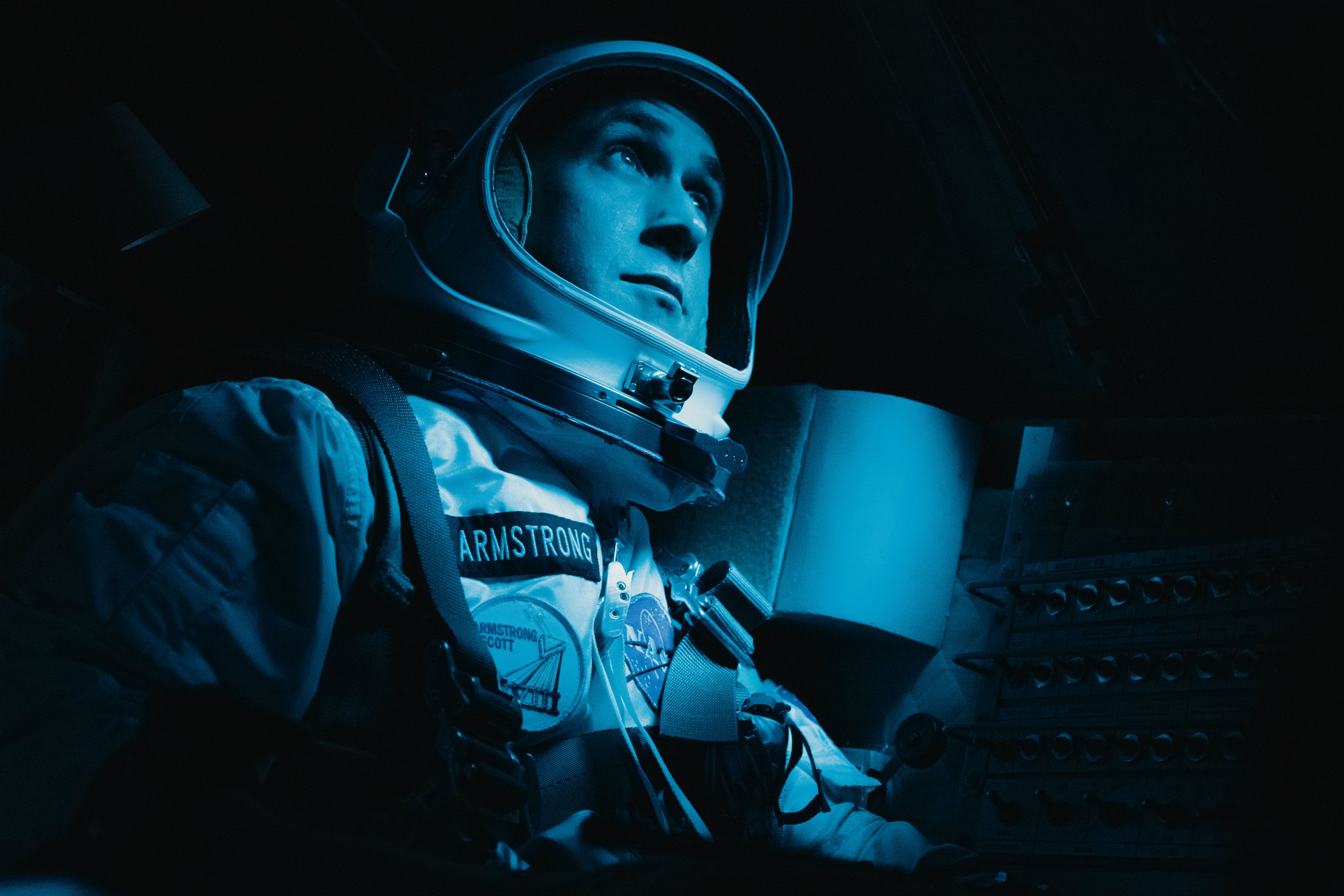

To get around this, NASA coated the side of the plate facing the film with a thin transparent conductive layer with silver deposited on the edges. On Earth, static would be dispersed by metal rims and rollers or the atmosphere, but on the lunar surface, with the Reseau plate in place and the absence of surrounding air, the charge could build up and cause sparks between the plate and the film. For example, when standard film is wound in a camera static electricity is generated on the film surface. The cameras had to be modified for the film to work on the lunar surface. The thin-based, thin emulsion double-perforated 70mm film allowed the astronauts to take 160 pictures in colour or 200 on black and white in each loading. The film used during the Apollo 11 mission was specially designed by Kodak. Lubricants from the camera mechanisms were also removed or replaced because they would boil off in the vacuum and potentially condense on the optical surface of the lens, Reseau plate, and film. The markings were to help NASA calibrate distance and heights in case the photo development distorted the image. These crosses are seen on each exposure of film that was taken on the lunar surface. The EVA camera also had a transparent glass Reseau plate, engraved with grid markings that was placed between the film magazine and the camera body.

The two film magazines were also given the silver finish to help protect the final images. In order to stop the camera from overheating or freezing, it was coloured silver to help regulate temperature. The Extra Vehicular Camera (EVA), a 500EL Data Camera with a Zeiss Biogon f/5.6 60mm lens, was heavily modified so it could continue to function in in the harsh lunar atmosphere. That camera is therefore the most similar to the original production model. The first being the Intra Vehicular Camera (IVA), a conventional 500EL with a Zeiss Planar f/2.8 80mm lens, was not intended for use on the moon’s surface. Neil Armstrong and Buzz Aldrin had access to two Hasselblads.
Who were the first man on the moon tv#
While Hasselblad was the camera manufacturer of choice for NASA, the cameras were heavily modified to ensure that they could function in space and take the iconic photos we look back on today.Īccording to NASA, filming the Command Module landing on the surface of the Moon required “two 16mm Maurer motion picture film cameras, a color television camera in the orbiting Columbia, and a black and white TV camera outside of the lunar module to transmit to Earth Neil Armstrong’s first steps on the Moon’s surface.” In truth, the cameras used to record the first footprints ever made on the moon were almost as complex as the science that took them there. Although all elements of the mission were extraordinarily complex, few people ever think about how the famous footage of Armstrong was taken. It has been 47 years since Neil Armstrong first set foot on the moon and uttered those iconic words.


 0 kommentar(er)
0 kommentar(er)
